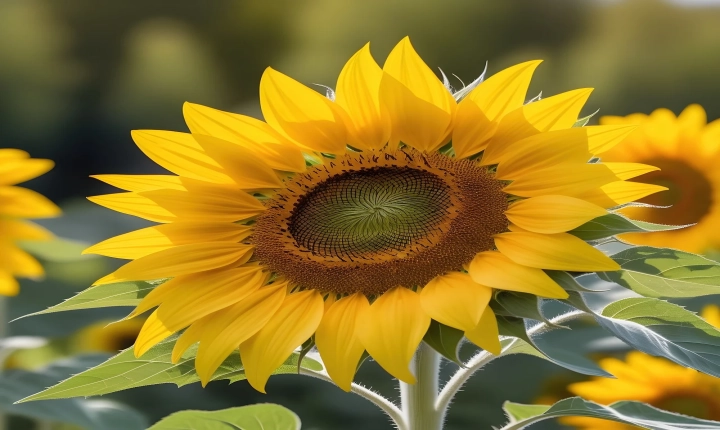Title: Creating Your Own Photo AI: A Step-by-Step Guide
In today’s digital age, artificial intelligence (AI) has become an increasingly prevalent and powerful tool for various applications, including image recognition and editing. Creating your own photo AI can be an exciting project that allows you to harness the capabilities of AI to enhance your photography skills and streamline your editing process. In this article, we will guide you through the process of creating your own photo AI, step by step.
Step 1: Define the Scope of Your Photo AI
Before diving into the technical aspects, it’s important to define the scope of your photo AI. Consider the specific tasks you want your AI to perform, such as image enhancement, object recognition, or style transfer. By narrowing down the focus of your photo AI, you can better tailor the training and implementation process to meet your specific needs.
Step 2: Gather and Prepare Training Data
Training data is crucial for teaching your photo AI to perform specific tasks. This data typically consists of a large collection of images that are relevant to the task at hand. For example, if you want your AI to recognize specific objects in photos, you would need a diverse set of images containing those objects.
Once you have collected your training data, you will need to prepare it for training. This may involve labeling the images to identify specific features or objects, resizing the images to a uniform size, and organizing the data into a format that is suitable for training your AI model.
Step 3: Choose a Machine Learning Framework
Building a photo AI involves machine learning, which is a subset of AI that enables systems to learn and improve from experience. There are various machine learning frameworks available, such as TensorFlow, PyTorch, and Keras, each with its own strengths and capabilities. Research and choose a framework that aligns with your project requirements and level of expertise.
Step 4: Train Your Photo AI Model
Training your photo AI model involves feeding it with the prepared training data and adjusting the model’s parameters to optimize its performance. This process may require significant computational resources, so it’s important to have access to a capable machine or cloud platform for training your AI model.
During the training process, you may need to experiment with different algorithms, architectures, and hyperparameters to achieve the desired results. This iterative process of training, evaluating, and refining the model is essential for building an effective photo AI.
Step 5: Test and Evaluate Your Photo AI
Once your photo AI model has been trained, it’s time to test its performance using a separate set of validation data. This allows you to assess how well the model generalizes to new, unseen images and whether it effectively accomplishes the tasks it was designed for.
During the evaluation phase, you may need to fine-tune the model further or make adjustments to address any limitations or shortcomings. The goal is to ensure that your photo AI delivers accurate, reliable results across a variety of real-world scenarios.
Step 6: Deploy Your Photo AI
After thorough testing and validation, it’s time to deploy your photo AI into a production environment. This may involve integrating the model into an application, website, or other digital platform where it can be utilized to enhance and automate photo editing tasks.
As you deploy your photo AI, consider factors such as scalability, performance, and user experience to ensure a seamless and efficient integration. It’s also important to monitor the AI’s performance in real-world usage and make ongoing improvements as needed.
In summary, creating your own photo AI can be a rewarding and challenging endeavor that requires careful planning, technical expertise, and perseverance. By following the step-by-step guide outlined in this article, you can embark on the journey of building a powerful and personalized photo AI that enhances your photography workflow and opens up new creative possibilities. With the rapidly evolving field of AI, the potential for innovation in photo editing and recognition is endless, and your custom photo AI can be a valuable asset in this exciting landscape.
